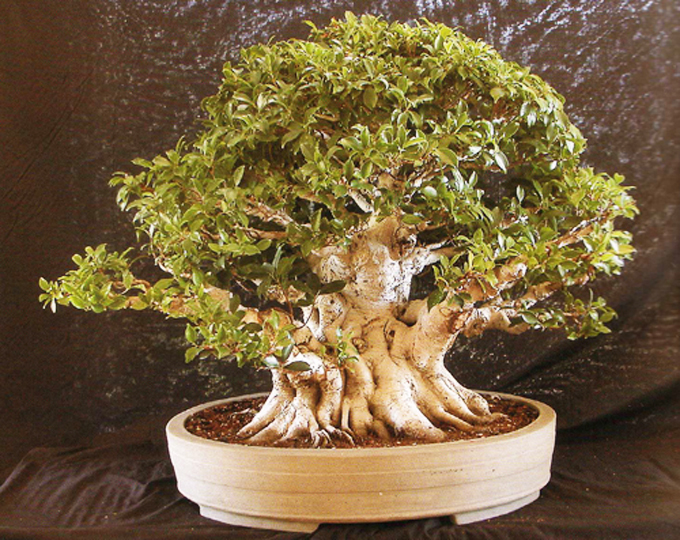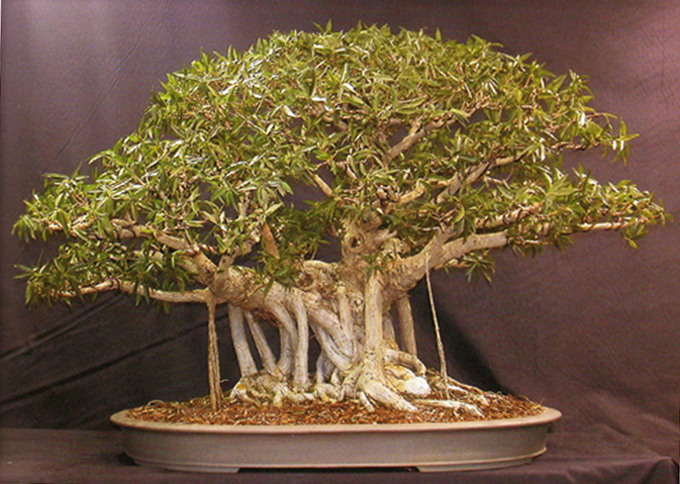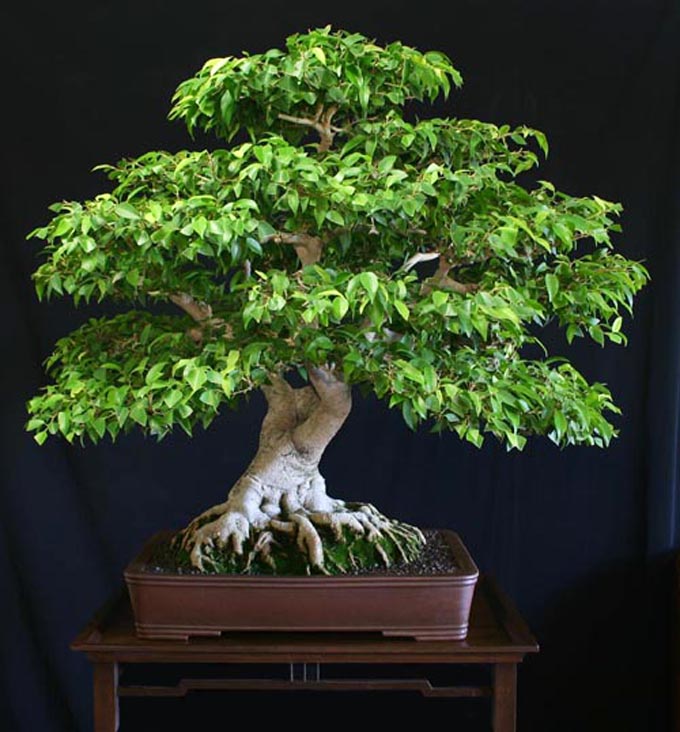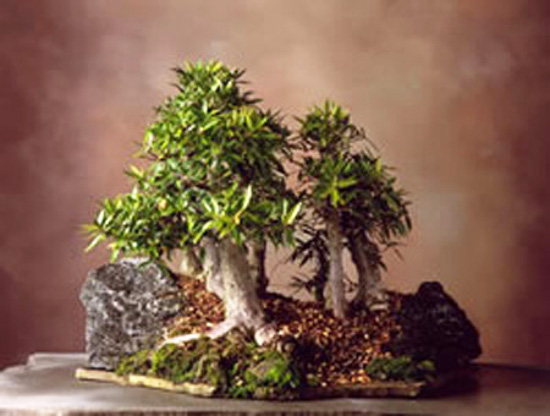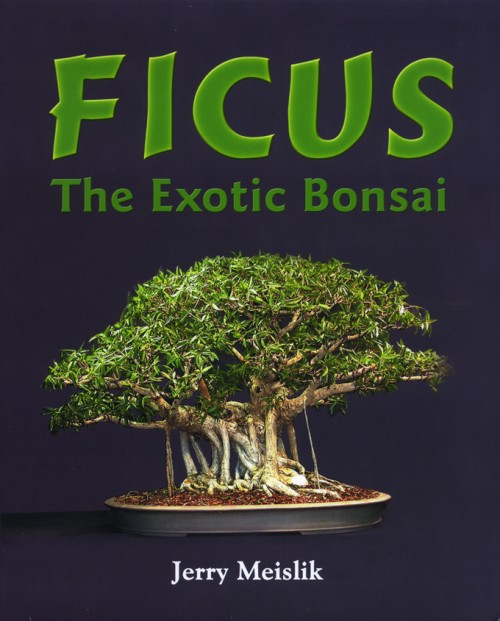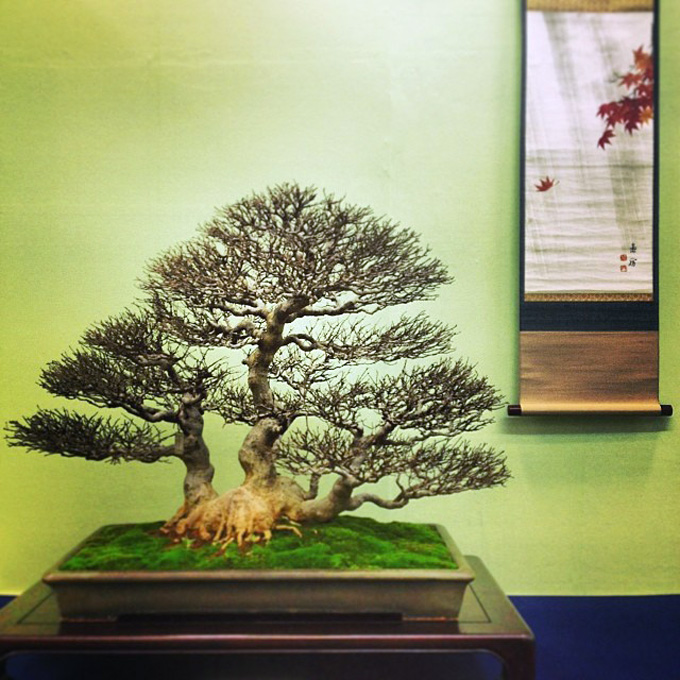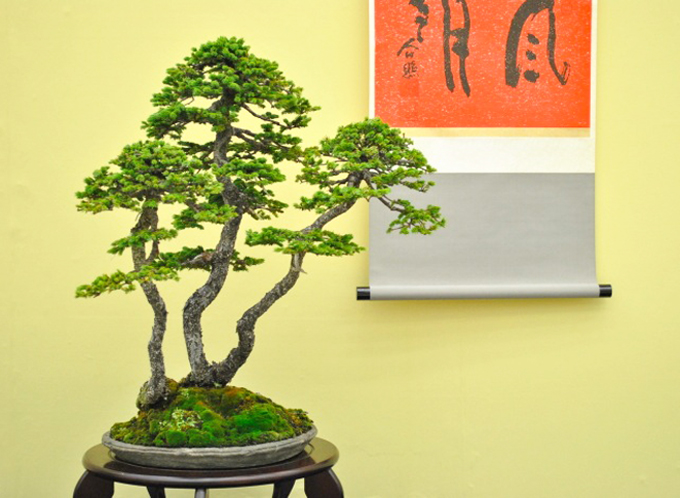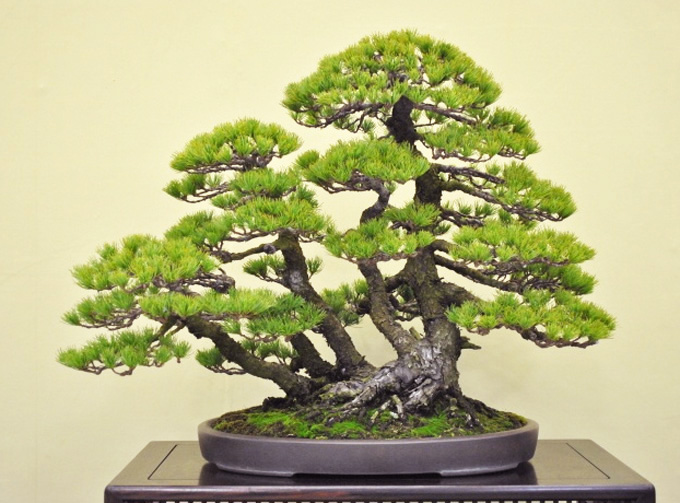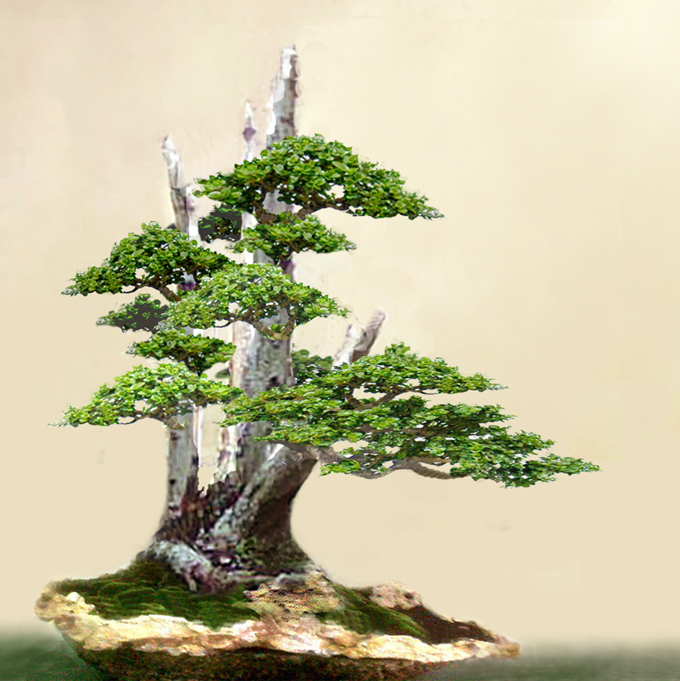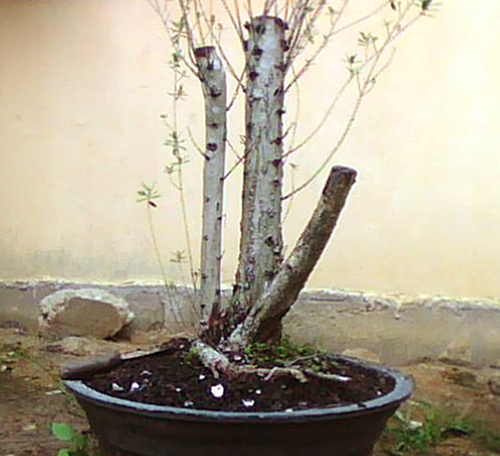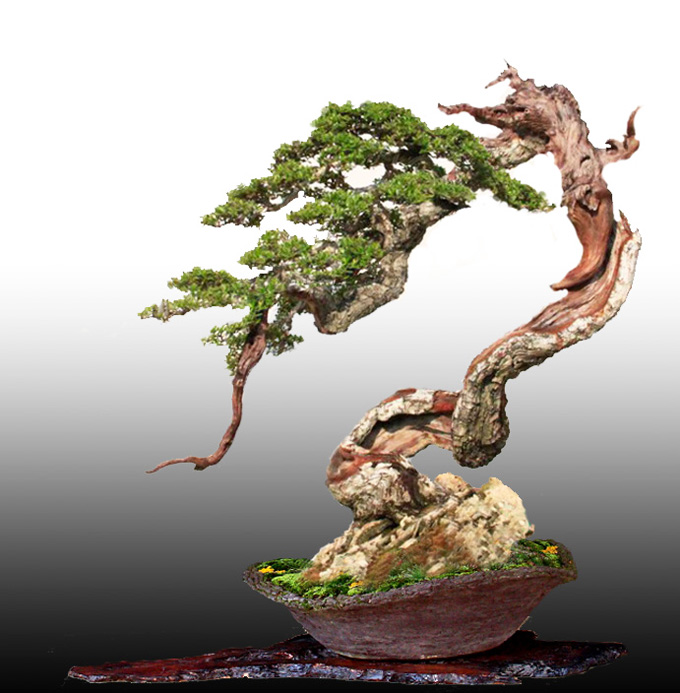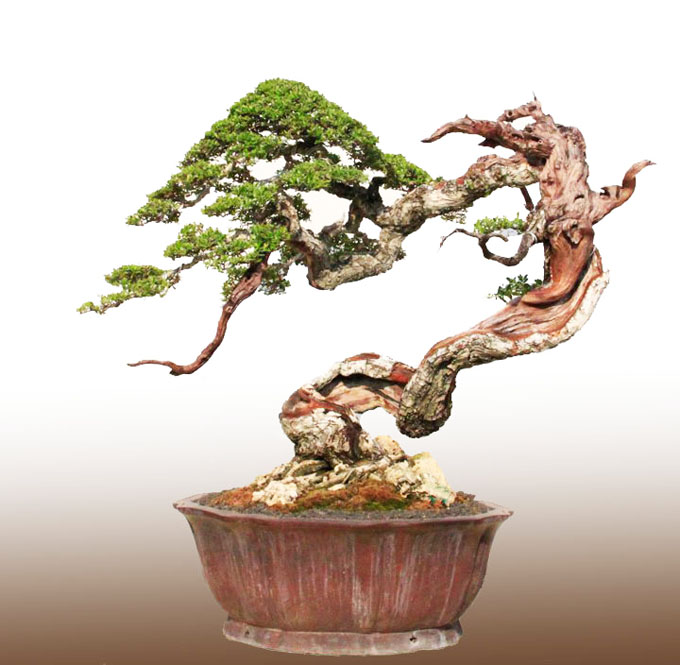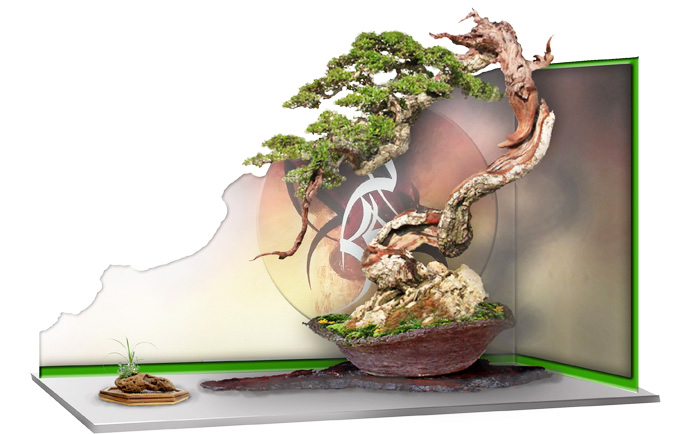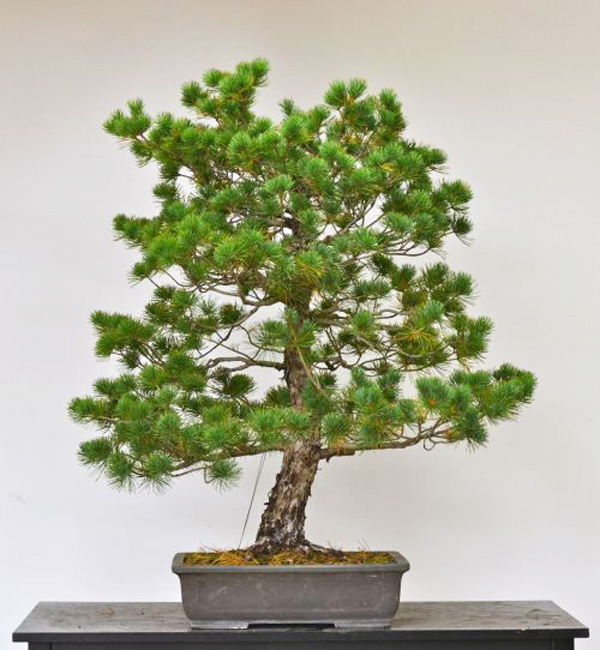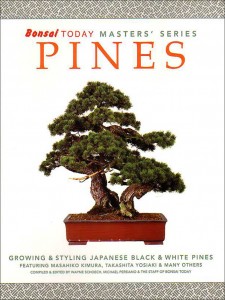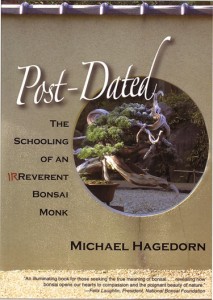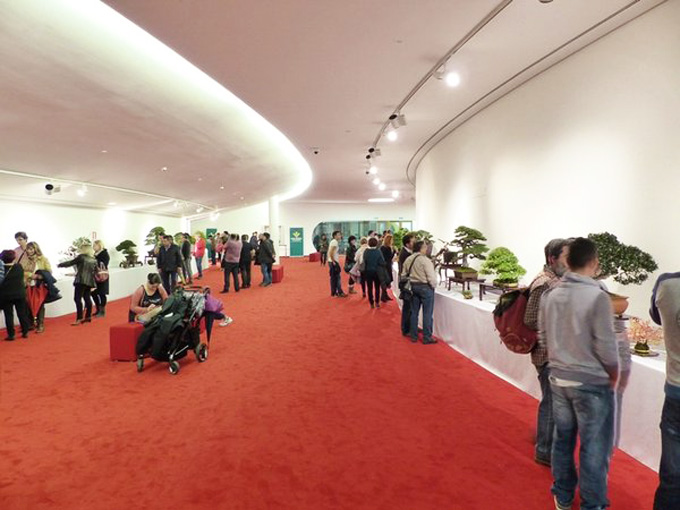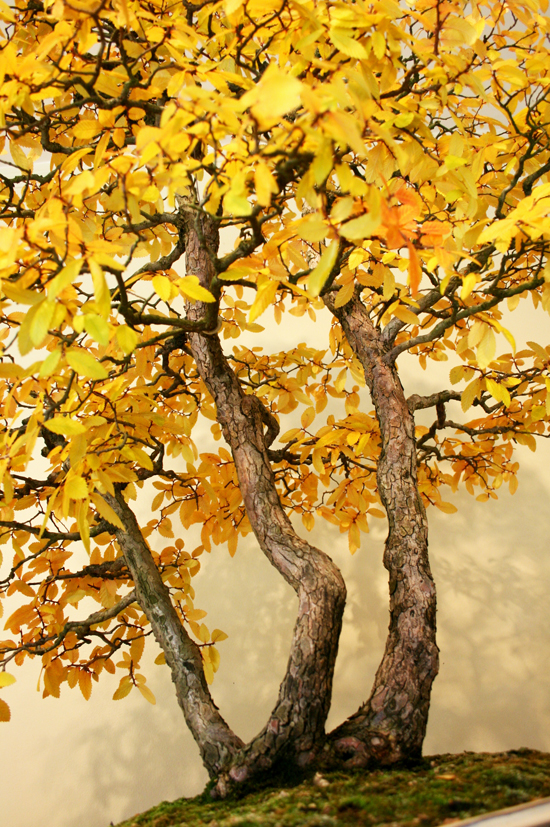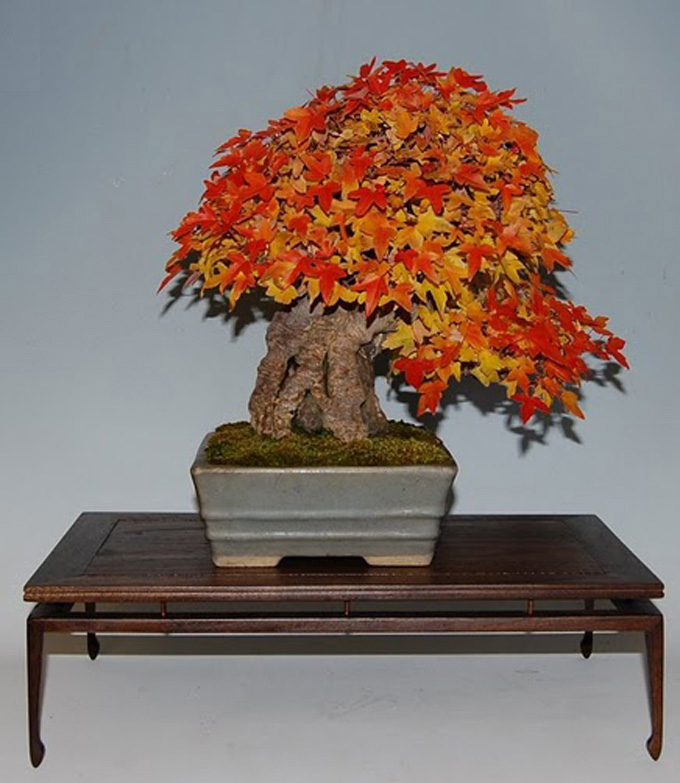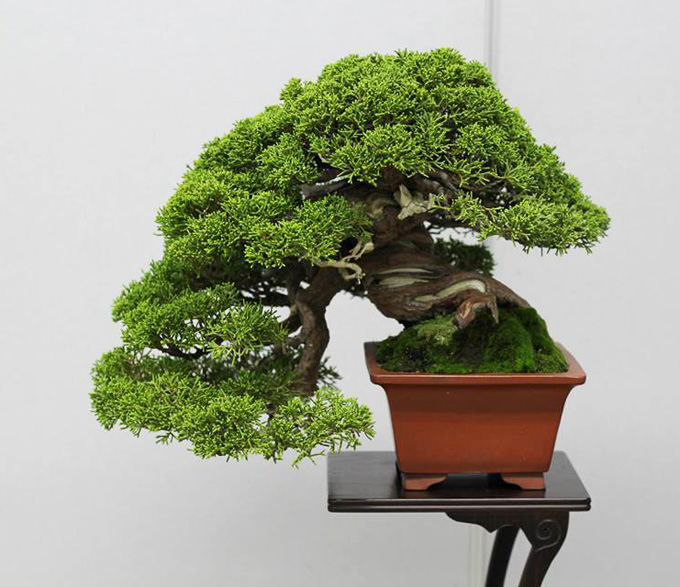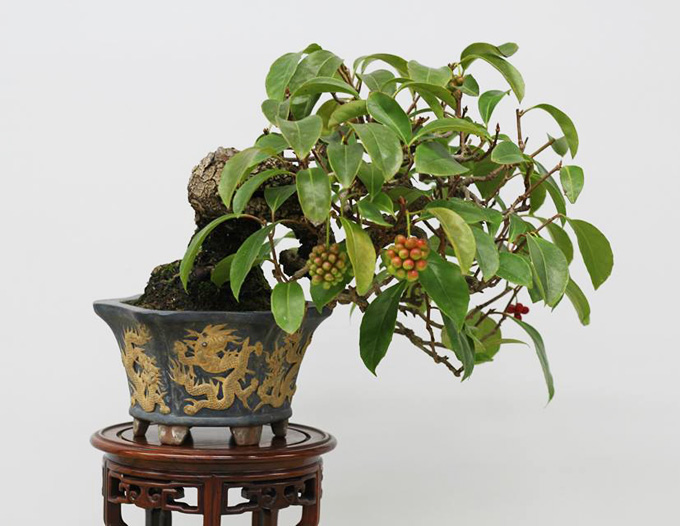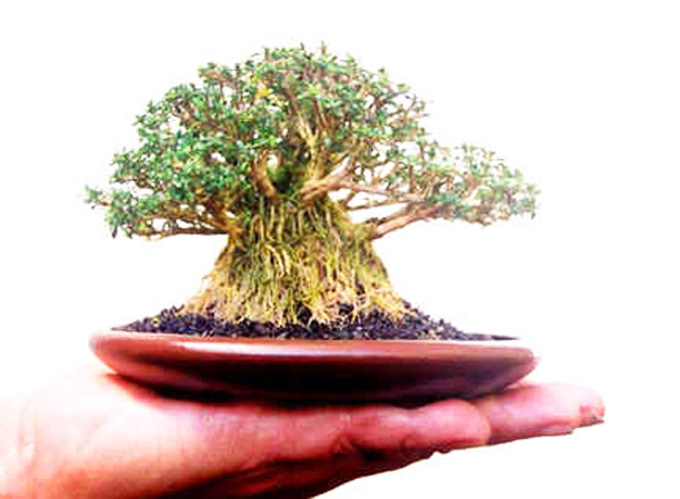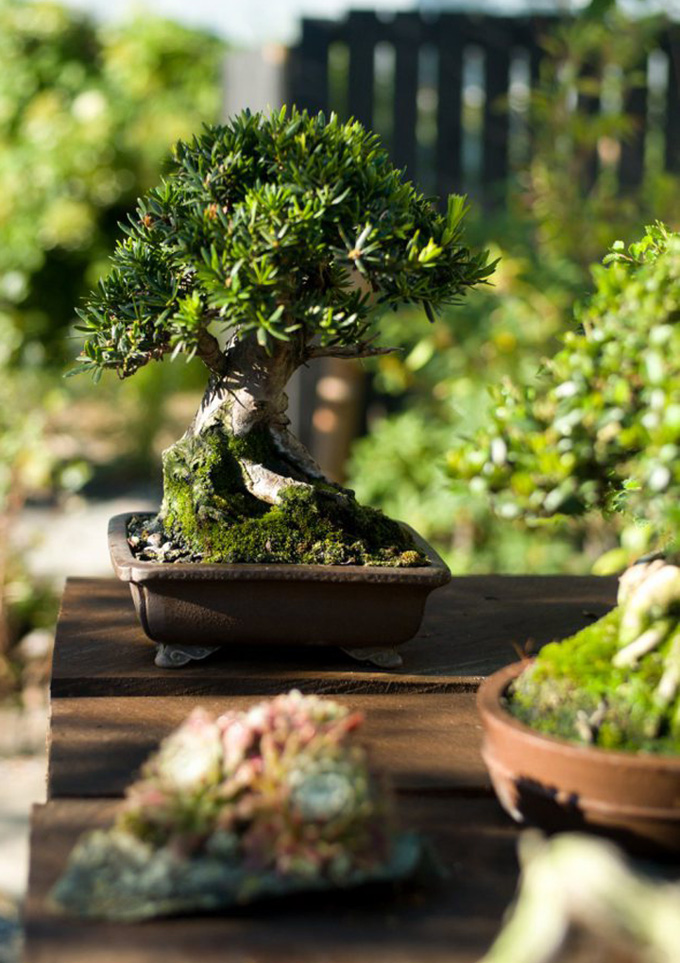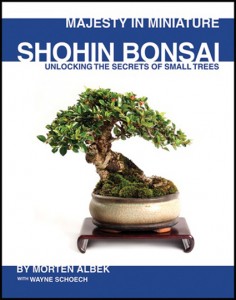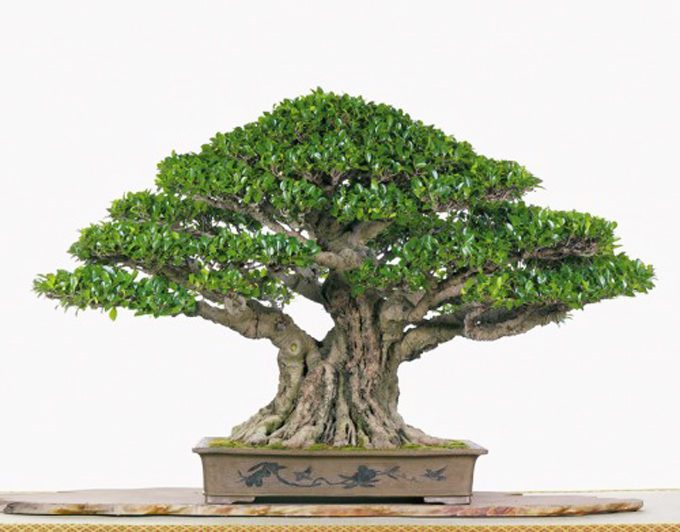 I’m running out of superlatives. How about ‘somewhere north of magnificent.’ My only question is; could the pot be a little bigger? By Hsieh, Shun-Chin.
I’m running out of superlatives. How about ‘somewhere north of magnificent.’ My only question is; could the pot be a little bigger? By Hsieh, Shun-Chin.
One of the problems with reheating old posts (like this one from three years ago: What’s with Taiwan? Min Hsuan Lo and Friends) is some of my writing then seems a little cringe worthy now. To me at least. So you’ll forgive me if I’ve done a little editing (like the previous post, let’s just call it value added).
I picked this one to resurrect for a couple reasons. First, are the trees which are in no way cringe worthy. Particularly the one at the top (taking nothing away from the other two) which has to be one of the best Ficus bonsai on the planet. Which bring us to the second reason; our last post featured Ficus, so in the name of continuity…
Look out for Taiwan
A friend of mine who is a computer engineer and often works in Taiwan with Taiwanese engineers, says that they are poised to rule the world (just a little hyperbole). That many of them are brilliant, fearless and wildly creative in an unconventional kind of way (some of the English names the younger engineers have given themselves are Zinc, Purple, Pedro, Comet… you get the drift).
Bonsai too
Though the Taiwanese aren’t alone, a large dose of creative bonsai energy seems to be emanating from that unique island. And it’s not just Min Hsuan Lo and Cheng, Cheng-Kung, they have plenty of talented company. If you want some evidence, check out the 2008 Taiwan Bonsai Creators Exhibition. There are plenty of other examples of Taiwanese bonsai, but the photos in this one are particularly good (to which the three in this post readily attest).
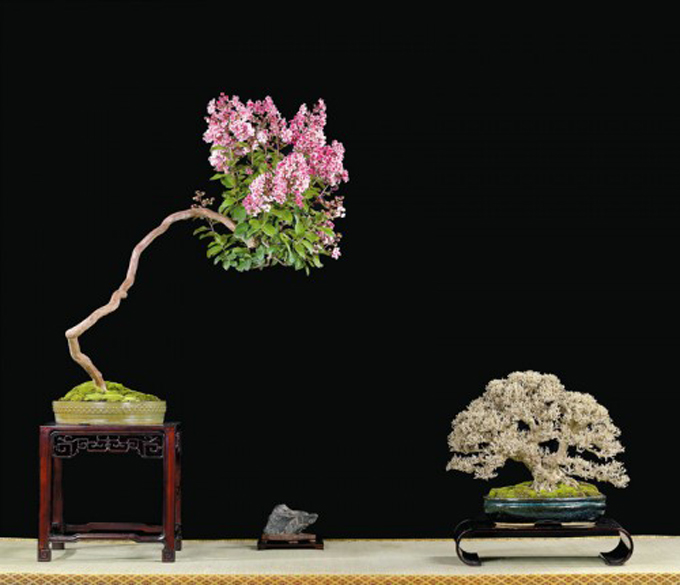 A little change of pace. The tree on the right (Hibiscus tiliaceus*) has the mark of Min. At least the Min Hsuan Lo many of us have come to know. The Crape myrtle in full bloom provides a touch of wildness and color. From the 2008 Taiwan Bonsai Creators Exhibition. *I originally identified the Hibiscus as Elaeagnus Pungens, until our old friend Jose Luis set me straight.
A little change of pace. The tree on the right (Hibiscus tiliaceus*) has the mark of Min. At least the Min Hsuan Lo many of us have come to know. The Crape myrtle in full bloom provides a touch of wildness and color. From the 2008 Taiwan Bonsai Creators Exhibition. *I originally identified the Hibiscus as Elaeagnus Pungens, until our old friend Jose Luis set me straight.
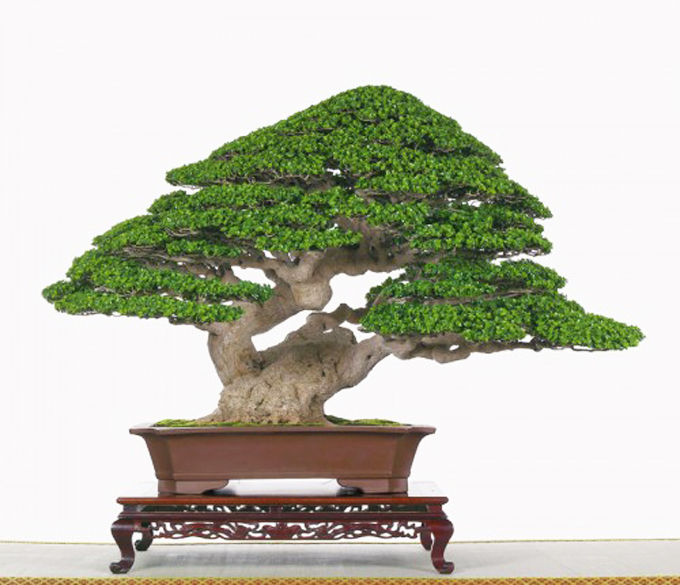 Powerful, unique and full of movement, though knowing our audience, I imagine some may feel that the foliage is overly groomed. Premna microphylla by Yang, Chun-Cheng.
Powerful, unique and full of movement, though knowing our audience, I imagine some may feel that the foliage is overly groomed. Premna microphylla by Yang, Chun-Cheng.
